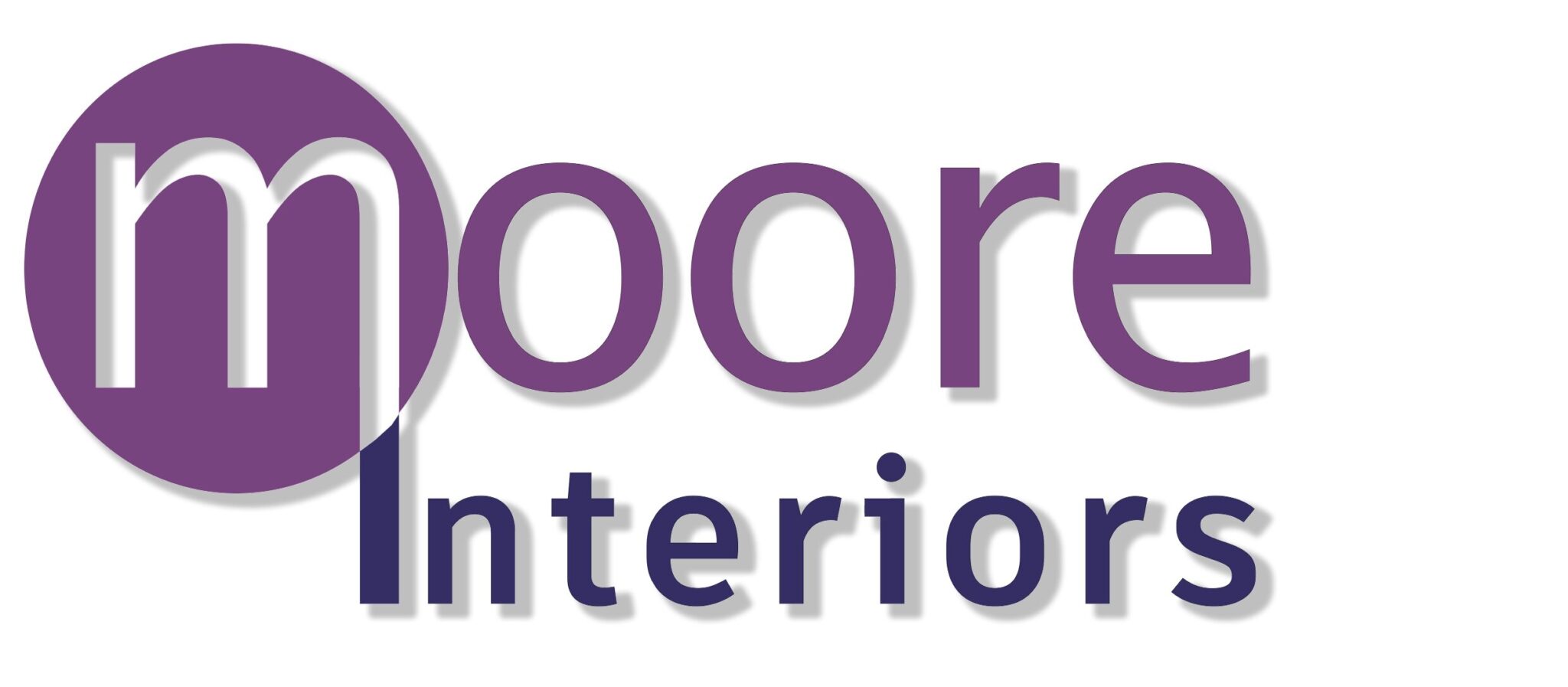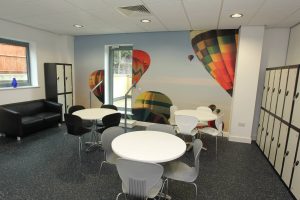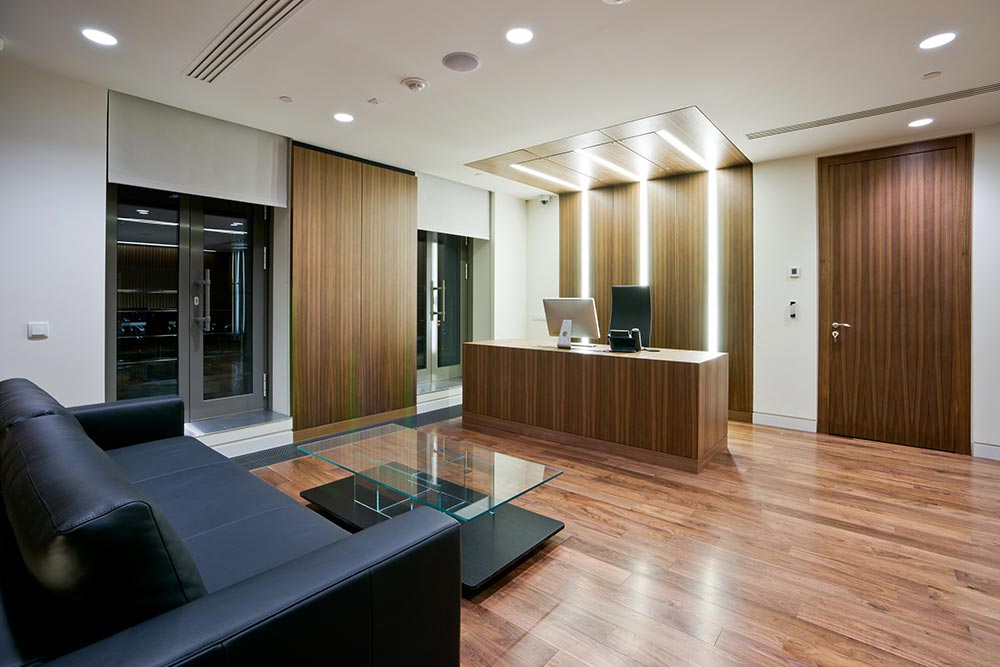Welcome to our new website
We’re excited to welcome you to the all-new online home of Moore Interiors Wales Ltd! Our redesigned website has been created to give you a clear and easy way to learn more about who we are and the professional interior commercial building services we provide. Whether you’re managing a commercial fit out, planning a full […]



